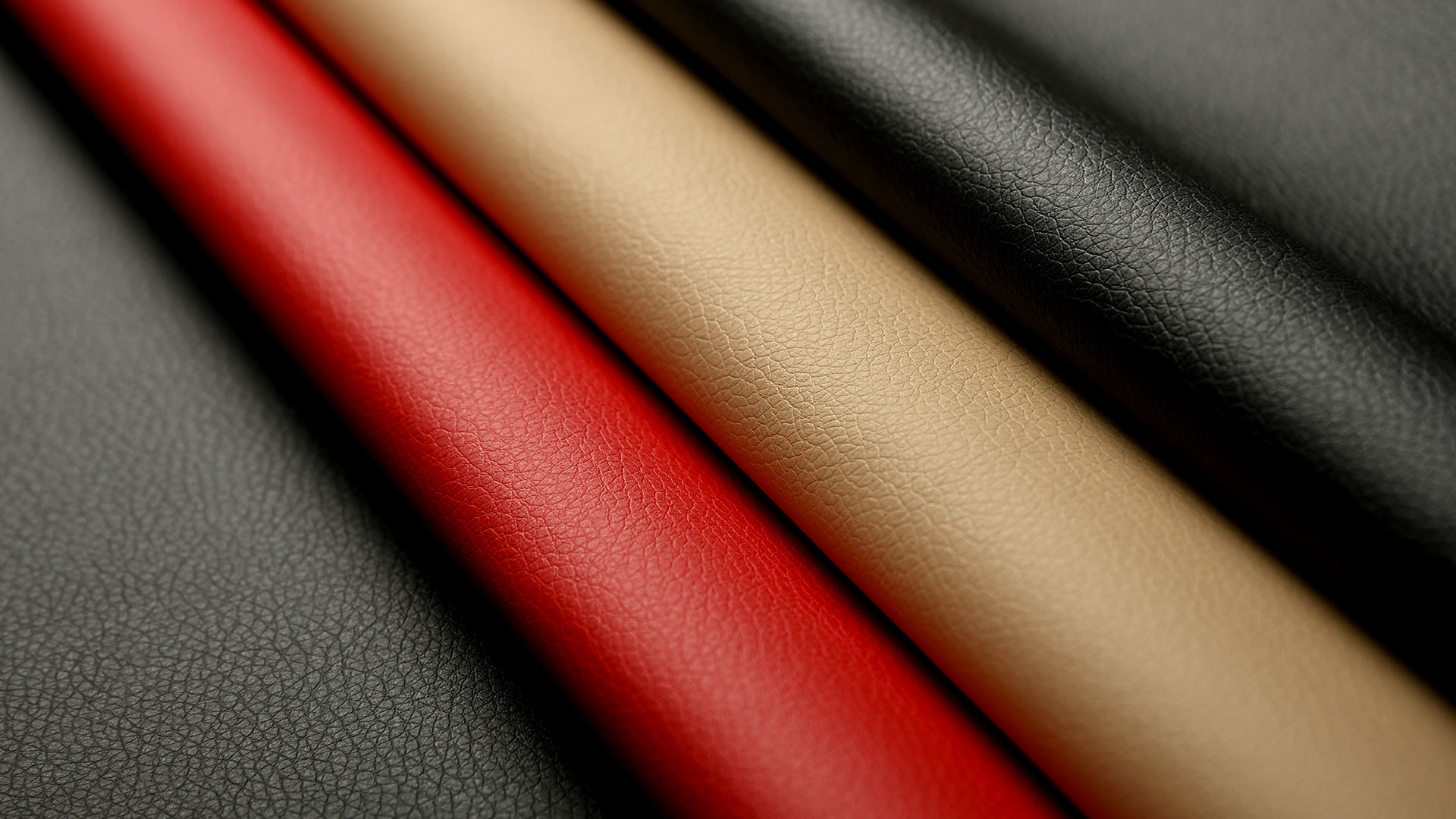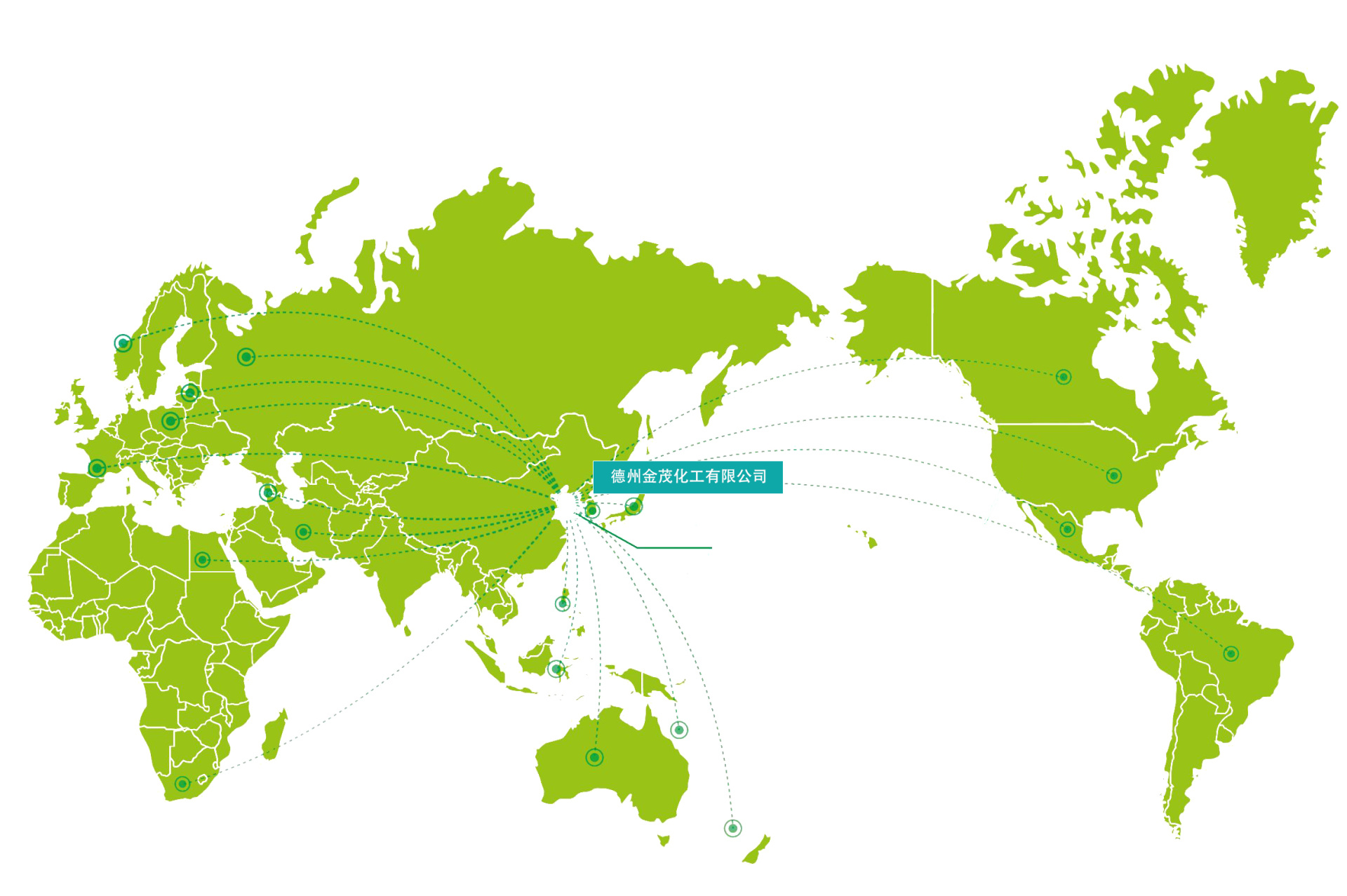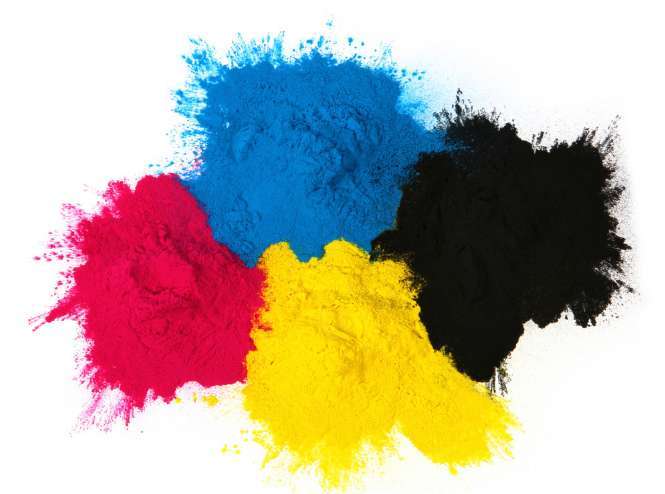A more efficient textile dye processing device.
Dyeing is the processing process of dyeing textiles with certain color fastness. It combines dyes with fibers through physical-chemical or chemical methods, or generates pigments on fibers through chemical methods, thereby giving textiles a certain color. Therefore, generally speaking, the dyeing system of visible textiles consists of dyes(or pigments), fibers, and water(or additives.)The dyeing machine is a high-efficiency wide-width continuous dyeing machine suitable for dyeing a large variety of products. However, dyes are prone to uneven dyeing during the dyeing process, and the drying efficiency of dyes is low, making it impossible to dry before collecting the dye, leading to adhesion between dyes, which can easily affect the dyeing effect. There is a textile dye processing device on the market that dyes fabric through a multi-stage roller mechanism, but it has certain defects. It cannot guarantee the uniformity of the dyeing liquid on the fabric. Especially when the fabric is coated by a single round roller surface, the round roller surface only contacts the fabric at a straight line, and the coating is often insufficient.
To solve the problems raised in the above background technology, technicians providea new type of textile dye processing device.In order to achieve the above purpose, it adopts the following technical scheme: a textile dye processing device, including a working machine, with an unfolding table set on the working machine, and the unfolding table is inclined on the working machine; auxiliary rollers are set at both ends of the unfolding table; a telescopic rod is installed on a fixed frame through a movable shaft, and the bottom movable end of the telescopic rod is equipped with a coating frame. A fixed frame is installed on the rear side of the working frame, and a transmission motor is installed on the fixed frame. The driving end of the transmission motor is equipped with a transmission disc, and the edge of the transmission disc is equipped with a first connecting bolt.The second connecting bolt is installed at the fixed end of the telescopic rod, and the transmission rod is installed between the first and second connecting bolts. The inclination angle of the unfolding table is10-15degrees. The unfolding table is equipped with a mounting frame, and the mounting frame is equipped with a solution nozzle. The two ends of the coating frame are equipped with sliders, and the two sides of the mounting frame are equipped with side plates, which have limit grooves, and the sliders are limitedly installed in the limit grooves.
Compared with the prior art, the textile dye processing device has the following beneficial effects: 1. The expansion stage of the device is designed as an inclined structure. During operation, the fabric is unfolded on the unfolding table and conveyed from bottom to top. During dyeing, the dye solution flows from top to bottom, making the conveying direction of the fabric opposite to the flow direction of the dye solution, which facilitates the wetting of the fabric by the dye solution and improves the dyeing effect.During the dyeing operation, the working frame is set as a transmission mechanism, driven by the transmission motor to move the transmission disc, and then the transmission rod drives the telescopic rod to swing around the movable shaft, allowing the fabric to be brushed back and forth, thereby improving the coating effect of the dye. During the coating operation, the rack moves along the direction of the limit groove, consistent with the angle of fabric conveyance, ensuring uniform coating.2.To improve the coating quality, the coating brush designed by the device is installed on a fixed substrate through an elastic connecting rod, supported by a downward thrust from a compression spring, ensuring that the brush surface of the coating brush closely adheres to the fabric surface, increasing the contact area for dyeing and avoiding incomplete dyeing issues.3.为了提高涂层质量,该装置设计的涂层刷通过弹性连杆安装在固定基板上,由挤压弹簧给予向下的支撑推力,使涂层刷的刷面与布料的料面紧密贴合,增加染色接触度,避免染色不完全的问题。
Latest developments







